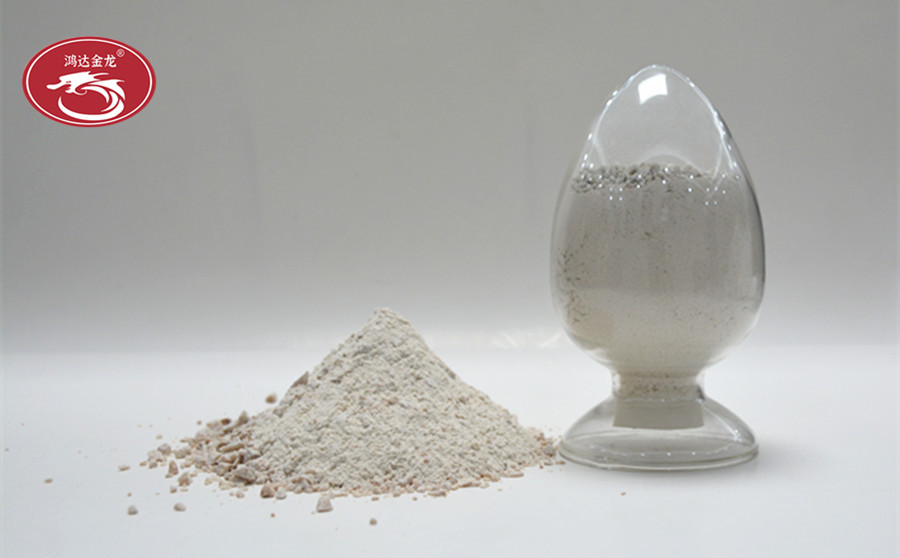Induction furnace lining knotting furnace thickness: the thickness thickness is about 280mm, four times of sand filling, manual knotting to prevent uneven density everywhere, baking and sintering after the lining is not dense.Therefore, it is recommended to strictly control the feeding thickness. Generally, the sand filling thickness should not be more than 100mm per time, and the furnace wall should be controlled within 60mm. Many people should be operated in different shifts, 4-6 people in each shift.

Induction furnace knotting furnace wall: the Induction furnace lining thickness is 110-120mm, add the dry knotting material in batches, the distribution is uniform, the packing thickness is no more than 60mm, tie for 15 minutes (manual knotting), until it is flush with the upper edge of the induction ring.After knotting, the crucible mould is not taken out, and it plays an induction heating role in drying and sintering.
In the normal use of the furnace lining, the thickness of the lining and the thickness of the furnace will be gradually thin in the long-term use due to the cycle erosion of molten iron, the most intuitive situation is the increase of the furnace capacity, the general furnace lining is eroded 30-50% of the time will be knocked out again, and then a new furnace work.